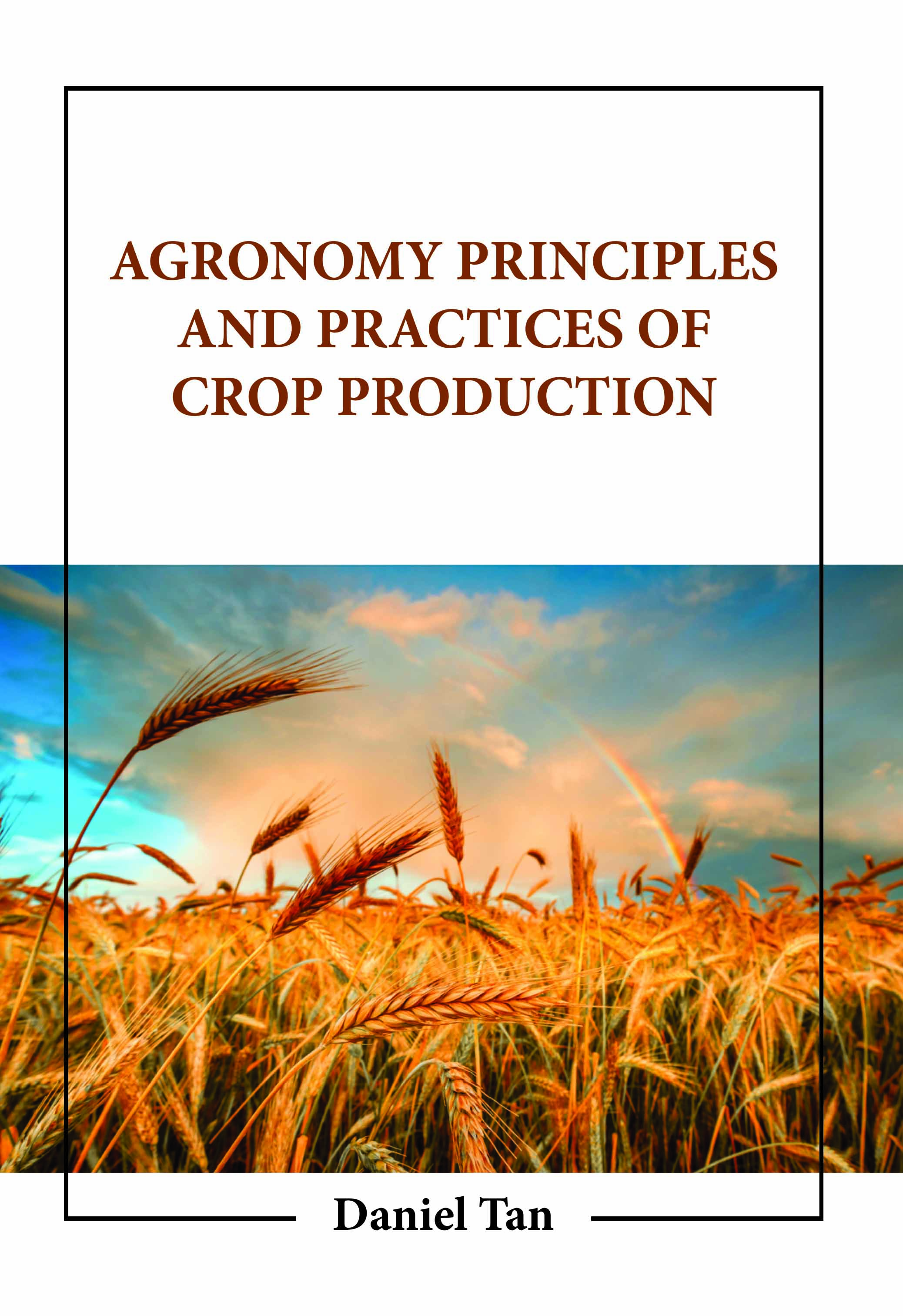
Agronomy Principles and Practices of Crop Production
by Daniel Tan
| ISBN | 9781806241569 |
|---|---|
| Publisher | Digital Drive Learning |
| Copyright Year | 2026 |
| Price | $275.00 |

by Daniel Tan
| ISBN | 9781806241569 |
|---|---|
| Publisher | Digital Drive Learning |
| Copyright Year | 2026 |
| Price | $275.00 |
The fundamentals of agronomy should be understood as much as the most recent advancements and agricultural industry trends. Agronomy is a vibrant field of study. Agricultural practices are updated or new ones are created for high production with the advancement of knowledge and a better understanding of plants and the environment. For instance, the availability of herbicides for the management of weeds sparked a significant body of research on herbicides' selectivity, timing, and application methods. In order to supply irrigation facilities, enormous irrigation projects are built. Crops are produced on soil, but in their unaltered state, soil is not the best medium for growing them in acceptable form. For tender shoots of germination-initiating seeds to push above the soil surface without difficulty and for young roots to easily penetrate the lower layers of soil in search of food, water, and air, the surface soil in which seeds are to be sown should not be hard and compact but soft and friable. Weeds should be eliminated from the soil because they deprive crops of water and nutrients. Additionally, it should have enough air and water, which are essential for plant growth. The growth and reproduction of plants depend on nutrients from the air, water, and soil, such as nitrogen, phosphorus, and potassium (carbon, hydrogen, and oxygen). Additional nutrients must be given when the soil's natural nutrients are insufficient to support healthy crop yields. Commercial fertilizers or organic sources like manure, compost, or biosolids are used to provide nutrients to the soil. This book will be beneficial in educating students, instructors, scientists, extension agents, and other professionals involved in agricultural development about the fundamentals of agronomy and the applied features of farming systems.